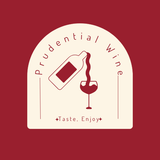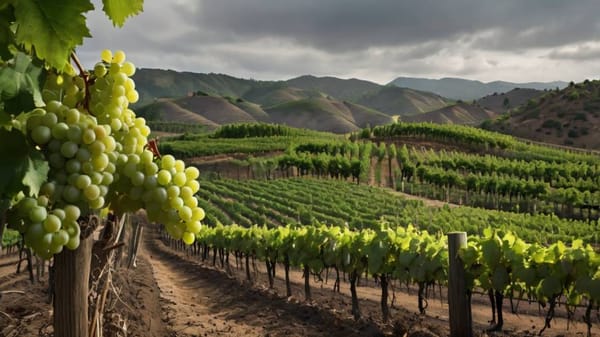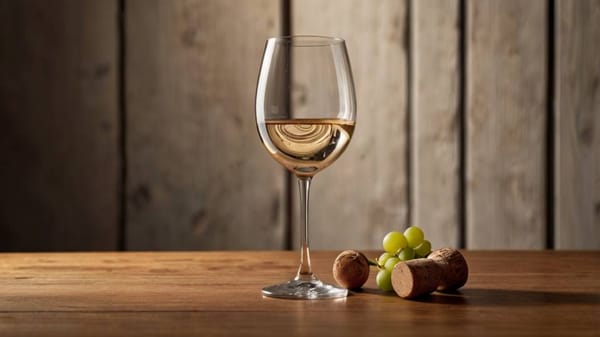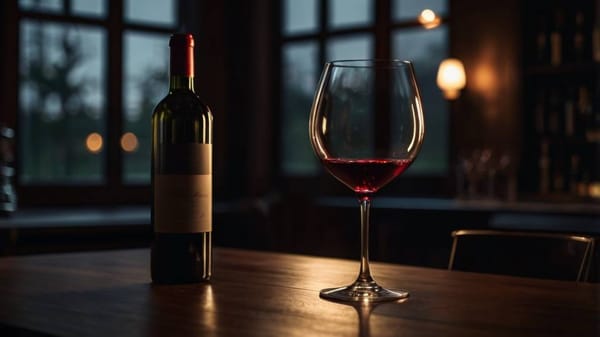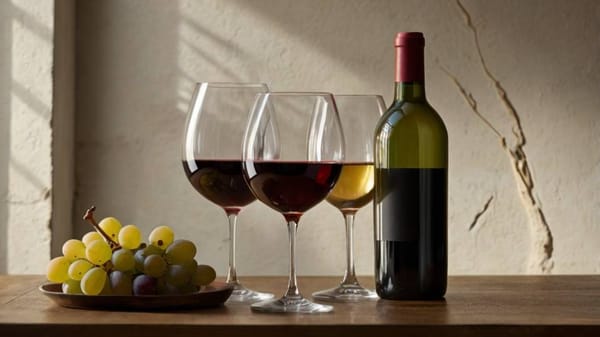How Champagne Became a Luxury Symbol
Discover why Champagne is more than celebration. Learn how its place, process, and styles elevate taste—and help you choose with confidence.
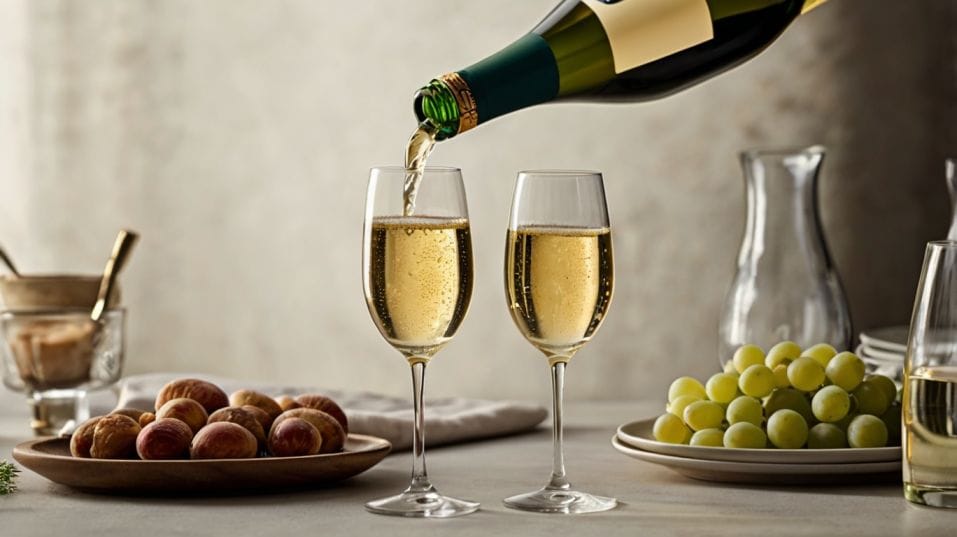
What makes a wine worthy of celebration? Champagne isn’t just for toasts—it’s a centuries-old expression of place, precision, and patience.
Pop a cork, and you're not just marking a moment; you're tasting craftsmanship shaped by cold climates, chalky soils, and meticulous tradition.
Whether you're new to wine or refining your palate, learning why Champagne stands apart can transform how you choose, serve, and enjoy it—from casual dinners to life’s biggest milestones.
Champagne Is a Place, Not Just a Style
First, forget everything you’ve heard about “sparkling wine” as a category. Champagne isn’t a style—it’s a region.
Tucked in northeastern France, just 90 miles from Paris, Champagne is defined by its marginal climate, its chalk-laced soil, and its legacy of precision.
These aren’t background details. They’re the foundation of everything that ends up in your glass.
This region is cold—too cold, traditionally, for fully ripe grapes. That climate tension is key. Grapes here develop slowly, holding onto acidity while building just enough ripeness to create balance.
The result is a base wine that’s bracing, high-acid, and relatively neutral on its own—perfect for the next stage of transformation.
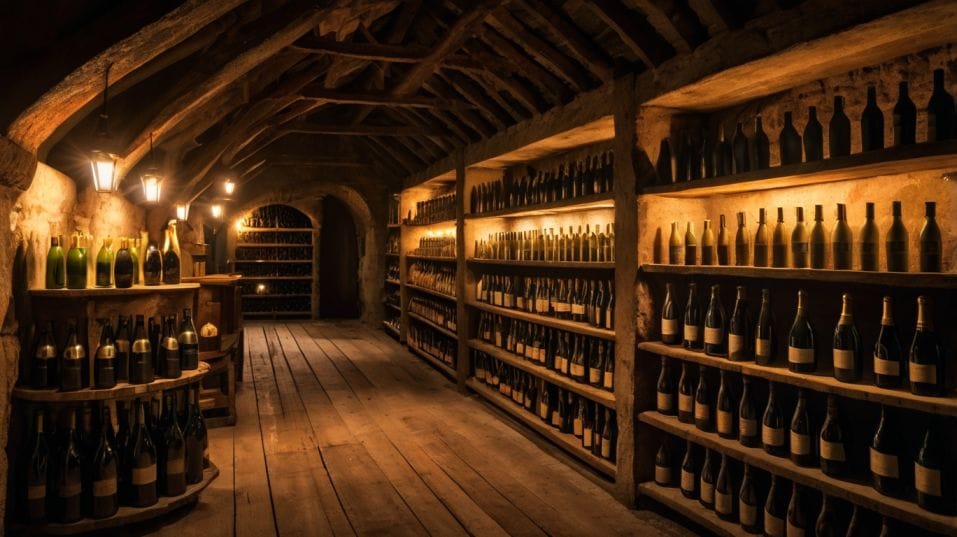
Method Over Marketing: Why Champagne Costs More (and Deserves It)
That transformation is what sets Champagne apart from every other bottle with bubbles. While other sparkling wines can rely on shortcuts—carbonation tanks or bulk fermentation—Champagne must be made using the méthode traditionnelle.
This means a second fermentation takes place inside each bottle. Sugar and yeast are added to the base wine, and as fermentation occurs again, bubbles are trapped naturally.
What follows is months—sometimes years—of bottle aging on the lees (dead yeast cells), which gradually enrich the wine with subtle notes of pastry, toast, almond, and brioche.
This isn’t just labor-intensive. It’s space- and time-intensive. Bottles must be stored, rotated, riddled, and eventually disgorged—all by producers working under strict regional laws.
That’s part of the price, yes—but it’s also the point. Champagne isn’t designed for speed or volume. It’s designed for detail.
Every step shapes what you taste: the bead of the bubbles (called the “mousse”), the texture on your tongue, the fine balance between fruit, acid, and savoriness.
When Champagne is good, it doesn’t scream. It hums, slowly, with layers that unfold from the first pour to the final sip.
A Luxury of Craft, Not Flash
It’s easy to assume Champagne is about image. And yes, its reputation as a luxury good is real.
For centuries, it’s been poured at royal coronations, stitched into designer campaigns, and staged in movies as shorthand for opulence. But its luxury isn’t just surface-level—it’s structural.
The scarcity is real. The region is tightly bounded. Yields are limited by law. Vintages are at the mercy of weather. And aging requirements mean cash flow for producers is slow and risky. Every bottle reflects those constraints—and that care.
More importantly, Champagne has the rare ability to appeal on multiple levels. To the novice, it’s festive. To the enthusiast, it’s serious. And to the connoisseur, it’s a masterclass in restraint and complexity.
Understanding this lets you enjoy Champagne without being swayed by the spotlight. You’re not just holding something expensive.
You’re drinking something intentional—crafted with more rules, risks, and nuance than almost any other wine.
Learn the Styles, Elevate Your Choices
Blanc de Blancs
Made entirely from Chardonnay. These wines are usually linear, fresh, and citrus-driven—ideal for oysters, sushi, or even salty snacks.
Blanc de Noirs
Made from Pinot Noir or Pinot Meunier, often showing more body, red fruit, and deeper texture. These can stand up to roast chicken, creamy cheeses, or mushroom dishes.
Rosé Champagne
Adds red wine to the blend or uses skin contact during fermentation. Expect notes of raspberry, blood orange, and spice. It's versatile—good for the table, not just the toast.
Non-Vintage (NV)
Blends several years for house style consistency. These are your best bet for an introduction—they show balance, structure, and reliability.
Vintage Champagne
Made only in exceptional years, reflecting the specific character of a growing season. Built to age and reward attention—flavor arcs can span from lemon zest to marzipan over time.
When you know what style you’re reaching for, your choices get sharper. You stop shopping by label or price alone. You choose for the moment, the meal, or the mood—and your enjoyment deepens because of it.
Serve Like a Pro: Ritual Meets Function
Drinking Champagne well isn’t about fancy glasses or flourishes. It’s about intention.
Start with the temperature—too cold, and you’ll mute the flavors; too warm, and the acidity may dominate. Around 45°F (7°C) is ideal. Use a white wine glass if you want to capture aromas better than a narrow flute allows.
Pour gently to preserve the mousse. And don’t rush. Let the wine evolve in the glass. The nose opens up. The bubbles soften. That complexity you paid for becomes more visible.
With food, lean into contrast. Champagne's acidity cuts through richness. Its bubbles refresh the palate. From fried chicken to truffle popcorn, sushi to caviar, its range is greater than most wines are given credit for.
Final Thoughts
Champagne became a luxury because it earned it—through effort, excellence, and consistency. When you look past the label and learn what makes it great, you stop drinking status and start tasting purpose.
So this week, pick up a bottle with more curiosity than occasion. Explore a style you’ve never tried. Pair it with something casual. Watch what happens when you bring that level of care to your everyday glass.
Let Champagne sharpen your palate. Let it deepen your ritual. Let it remind you that sometimes, luxury is less about the moment—and more about how much it lets you feel.
